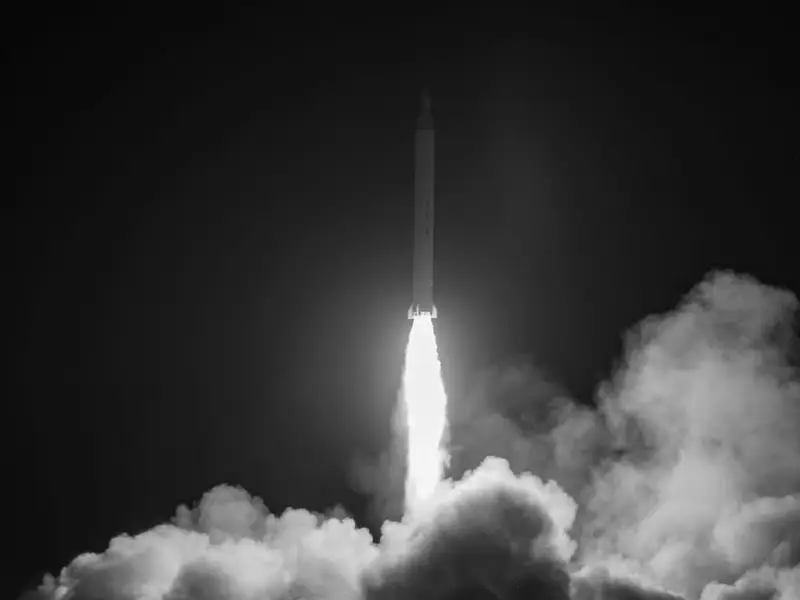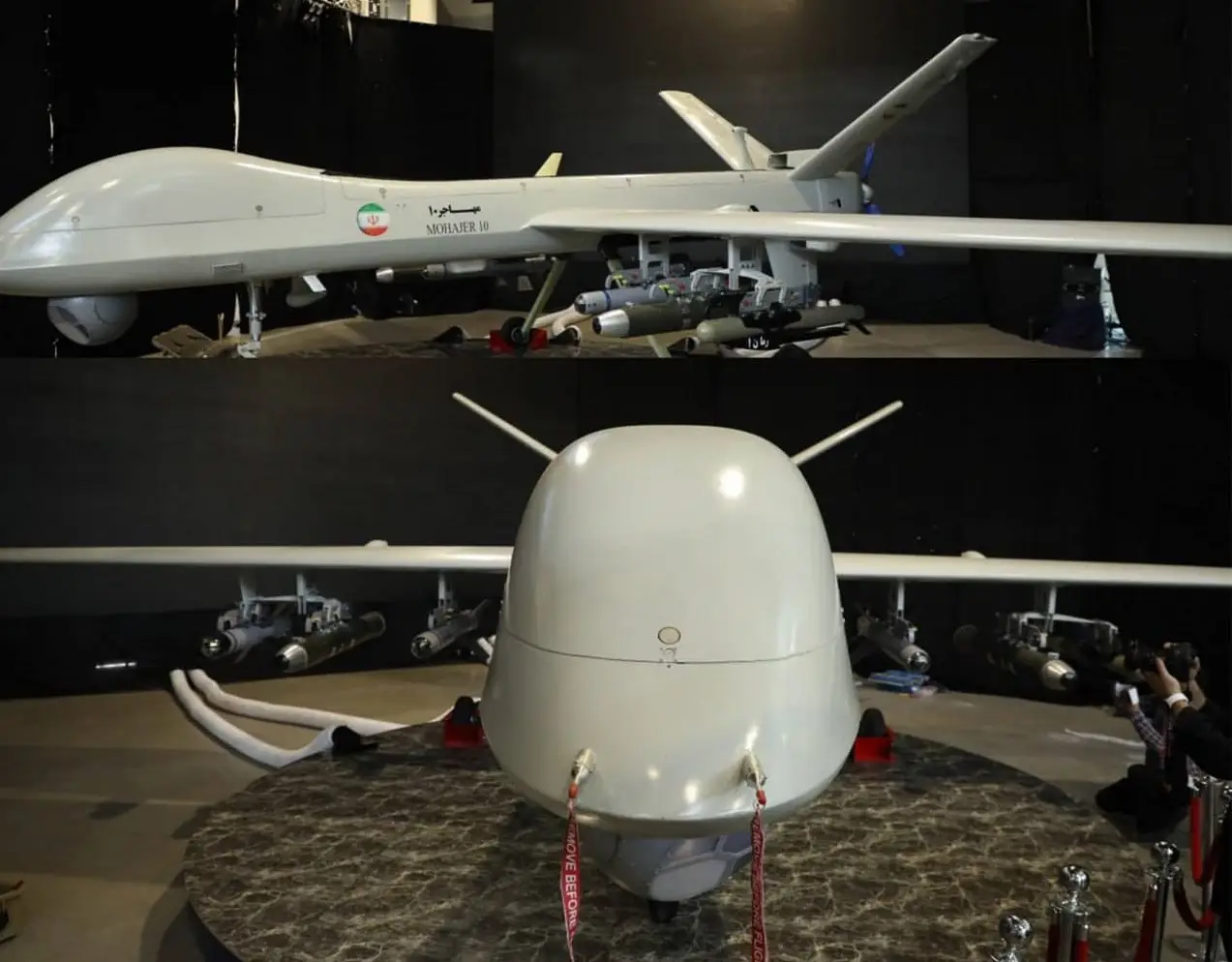Shahab-3 Missile: An Overview
The Shahab-3 missile is one of Iran's most significant achievements in the field of medium-range ballistic missiles. With a range of approximately 1,300 to 2,100 kilometers, it is capable of carrying warheads of varying weights and plays a crucial role in enhancing Iran's deterrent capabilities.
History and Development:
The Shahab-3 is based on North Korea's Nodong-1 missile and was officially inducted into Iran's armed forces in 2003. This liquid-fueled missile has undergone several iterations over the years, featuring technical improvements and extended range capabilities.
Technical Specifications:
- Length: Approximately 16 meters
- Diameter: 1.3 meters
- Weight: Around 16 tons
- Range: 1,300 km with a 1,200 kg warhead, 1,500 km with a 1-ton warhead, and up to 2,100 km with an 800 kg warhead
- Propellant Type: Liquid
- Warhead Weight: Between 800 to 1,200 kg
Role in Iran's Defense Doctrine:
As Iran's first medium-range ballistic missile, the Shahab-3 enables the country to target distant adversaries, serving as a deterrent against regional threats. Its capability to carry various types of warheads, including conventional, allows it to strike strategic targets effectively.
Advanced Variants:
Building upon the Shahab-3, Iran has developed missiles like the Ghadr and Emad, which boast extended ranges and improved accuracy. For instance, the Ghadr missile has a range of approximately 2,000 kilometers, while the Emad features enhanced precision.
Operational Use:
In recent years, Iran has employed its ballistic missiles in various operations.















